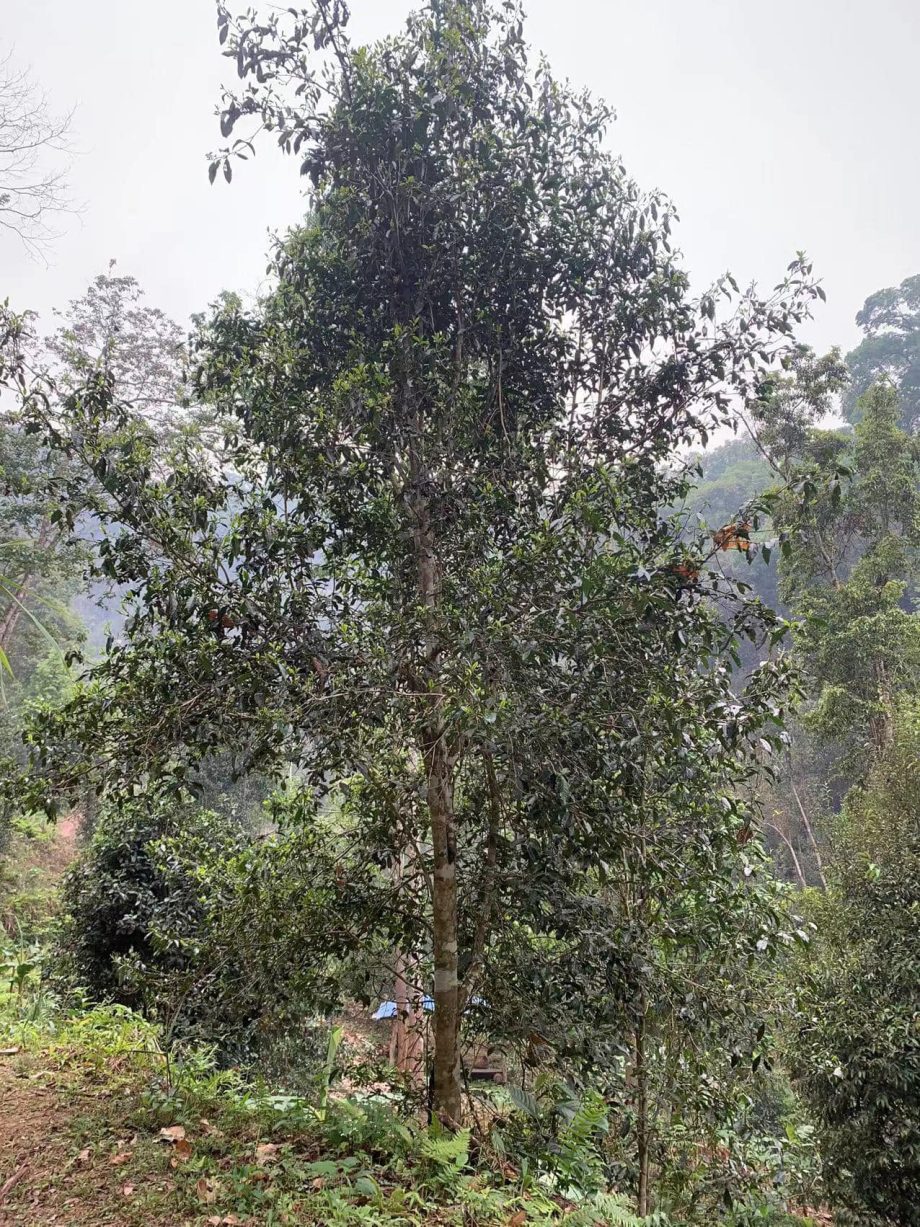CHECKLIST
- Aroma: ancient tree tea will go very high up the nostril when inhaling
- Sweetness: very important, real ancient tree tea has a lot of sweetness
- Aftertaste: very important, how much taste is left in mouth and throat (the lower in the throat, the better)
- Salivation: ancient tree will cause the mouth to feel moist, not in any way dry
- Splash: how high does the tea splash up in the palate
- Travel: how smoothly does the tea go down the throat (doesn’t need to be swallowed, throat feels open and comfortable)
- Texture: real ancient tree will be thick and have a dense taste
- Purity/Complexity balance: neutral in itself, but note that if a tea has many tastes going on, it’s likely to be a blend of different types of leaves, and the reason for blending is generally to blend ancient tree and not-ancient tree puerh
- Defects – Astringency: real ancient tree tea will have very little astringency compared to the rest of attributes
- Defects – Pesticide use: tingling on the tongue is a sign of possible pesticide use, if the throat feels closed, that’s as sure as you can be
- Defects – Storage flavours: flavours not belonging to normal flavours found in Puerh, causes thirst or uncomfortableness in the mouth
- Yun: a quality of pure, subtle, water-like perfection, everything in the tea “rhymes”, it’s hard to imagine a tea from this region/age that’s better than the current one being drank
- ChaQi: real ancient tree puerh has a lot of Qi, the body feels very comfortable, Qi can more easily be felt on palms of both hands and feet and forehead (heat and possibly sweat) and as movement in the chest and neck.
